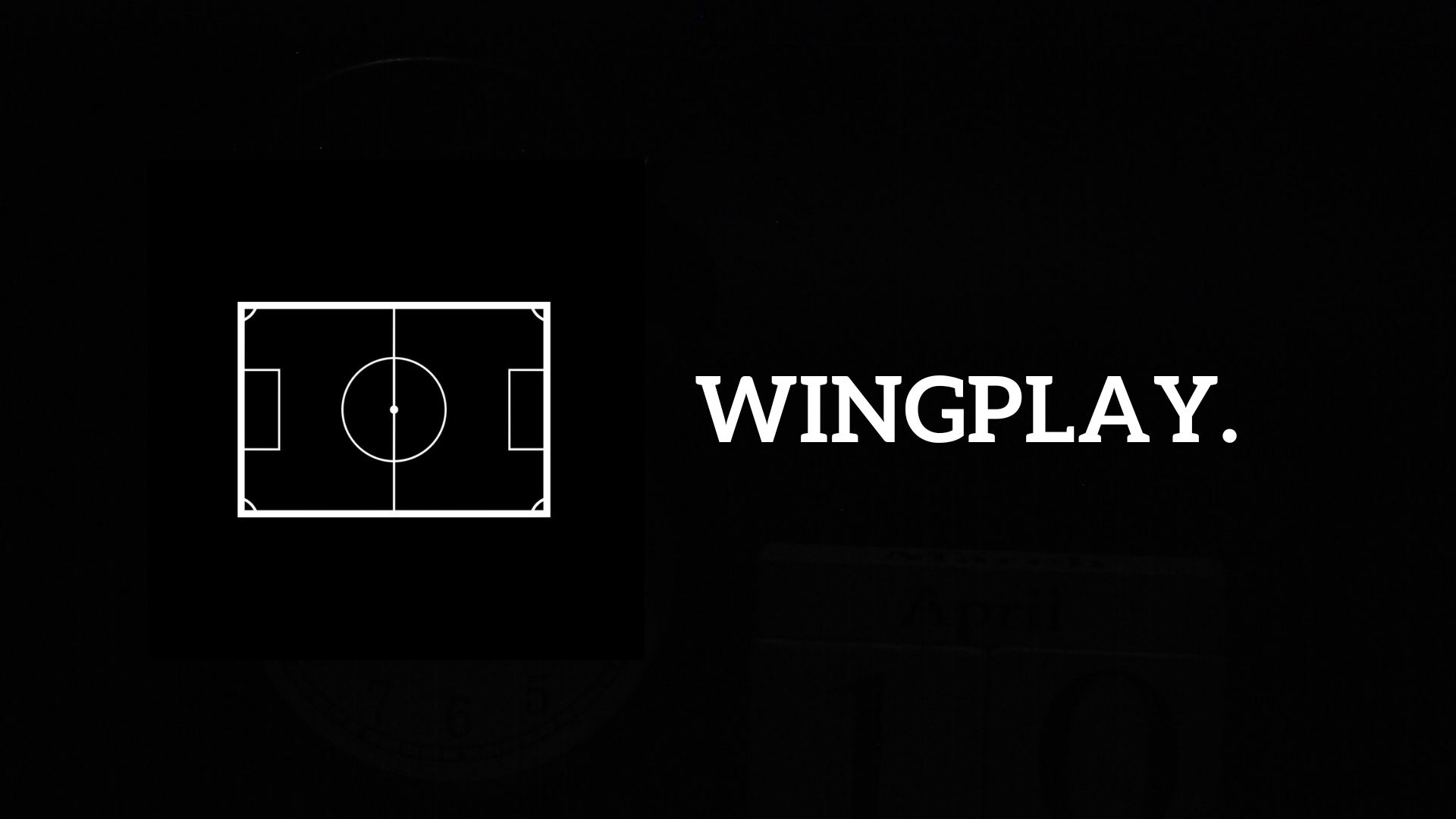Among the annals of football history, there have been many great teams who were tactically advanced beyond their time. Take, for instance, Herbert Chapman’s Arsenal team of the early 1930s or Rinus Michels’ Ajax and Barcelona sides in the 1960s and 70s.
However, perhaps no side has been so tactically dominant in any era of football than Gustáv Sebes’ Hungary side of the 1950s – also known as the Golden Team.
From the years of 1950 to 1956, the side won an Olympic Games and a Central European International Cup, as well as coming second in a World Cup – losing 3-2 to West Germany in the 1954 World Cup final.
This defeat to West Germany would be their only loss of this period, as they amounted a record of 42 wins, 7 draws, and 1 loss.
The Tactical Set Up
On paper, Sebes’ side lined up in the typical ‘W-M’ formation of the time. However, there were tweaks to this system which meant it could arguably be more aptly described as a 4-2-4 or even a 3-3-4.
The number nine was dropped out of the striker role, taking on the responsibility of being more creative force for the team from an advanced midfield position – this tactical role has come to be known as a false nine.
This role (usually taken up by Nándor Hidegkuti) often served to confuse the opposition defence due to the fact he still wore the number nine shirt.
It is important to remember that in many ways the game was not anywhere near as developed as it is now, back in the 1950s. A player wearing this shirt, but playing as more of a midfielder was largely unheard of and would have often caused disarray within the opposition’s defence.
Additionally, there was a reasonable level of tactical uniformity across many teams, meaning defenders could get used to defending a specific type of way.
The remaining four attacking players embraced fluidity, although typically Ferenc Puskás and Sándor Kocsis would play centrally, the players would regularly interchange with one another – pulling the defence out of position. The effect of this was only amplified by the fact that defences at this time were largely not used to dealing with organised fluidity of this type.
The idea both within the forward line and further down the pitch was that everybody could play everywhere. Everybody could cover every position. The side would move as one body, attacking and defending as one unit.
This was of course helped by the fact that the majority of the players were club compatriots and were very used to playing with one another.
This idea of interchangeability, twinned with players having the chemistry and the football IQ to recognise which areas needed covering, is akin to a revolutionary football idea that would come to fruition soon after in the Netherlands – Total Football.
Undoubtedly the Dutch did this to a greater extent, and the system rightly became synonymous with them, but the core ideas were in play with Sebes’ Hungarian side years before they rose to Dutch prominence.
There were formation tweaks in the midfield as well as in the front line. The number six was dropped deeper, essentially becoming a central defender – aiding with defensive solidity, and freeing up space for the other midfielder (typically Jószef Bozsik) to control the game from a deep-lying midfield position.
Behind this, the central defender donned the role of a sweeper, as well as providing the cover for other defensive-minded players that joined the attack – be that either of the fullbacks, or Bozsik himself.
The fullbacks were tasked with providing the width when Hungary was in possession, while the wingers were instructed to drop slightly deeper in order to provide better passing options to the two midfielders.
The goalkeeper was also encouraged to step out and act as somewhat of a sweeper – an idea that would not rise to prominence in football until much more recently.
Finally, certain players were given freedom of movement, however this was not based on positional factors, rather the profile of the player themselves. For instance, Ferenc Puskás was not as positionally restricted as others on the pitch due to his outstanding footballing ability. This allowed the best players to make the most of their powers and ensured their individual brilliance was not stifled by the system.
The fact that certain individuals were given freedom to roam meant that they did not operate as traditional forwards, which made them even harder to mark for defenders due to the fact that they did not follow the typical movement patterns that they would have normally faced up against.
The Hungarian link to Total Football
The Golden Team were tactically advanced beyond their time period. They were helped by their intense fitness regime and their familiarity with one another; however, they employed tactical concepts that hold great prominence even to this day.
Their framework of fluidity, movement, positional covering and operating as one unit both in attack and defence shines through in what is probably the most well-known and influential tactic ever made – Total Football.
Of course, Total Football is a Dutch tactic, and it reached its full-form in the Netherlands, but it important to recognise the tactical dominance of this Hungarian side and the likely strong influence they had on the future creation of Total Football.

It is very valuable information
What from this follows?
Infinite topic
I suggest you to come on a site on which there are many articles on this question.